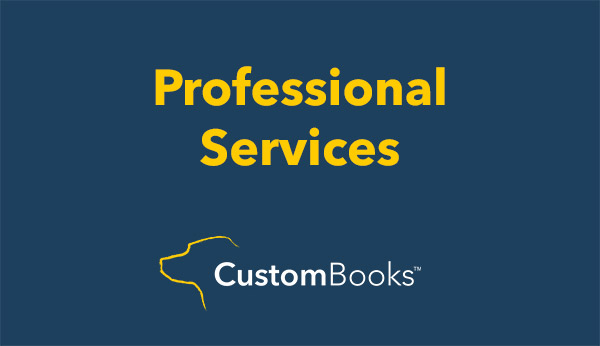Don’t Let Tariff News Trigger Bad Decisions
Tariffs are coming. Or they’ve just been announced.
And your gut says:
“We need to raise prices now.”
But here’s the truth:
If your cost hasn’t gone up yet, your prices shouldn’t either.
Why? Because most businesses overreact to future cost changes without understanding how their current inventory is affected (or not affected). You end up sabotaging margin today out of fear of tomorrow.
“If You Haven’t Received It Yet, Your Cost Hasn’t Changed.”
“If a tariff starts on the 22nd, it only affects the goods that hit your port after that date. Everything already in your warehouse? Still valued at pre-tariff cost.”
— Kurt Kunselman, Co-Founder, CustomBooks™
That means the 4,000 units you received last month…?
- ✅ Still priced at your original landed cost
- ✅ Still margin-rich if you manage it correctly
- ✅ Still usable in your customer retention strategy
Tariffs only impact future shipments. Not the stock you already own.
The Hidden Risk of Arbitrary Price Hikes
When business owners hear “10% tariff,” they often raise prices across the board.
That’s a mistake. Because:
- ❌ Customers don’t understand the jump — it feels random and opportunistic
- ❌ Competitors who understand cost layers might keep prices steady and win your business
- ❌ You lose margin today by preemptively reacting to inventory that hasn’t arrived yet
“They’re just trying to HODL more revenue now to offset future costs.”
— Kurt Kunselman
It’s understandable. But not strategic.
How to Play the Long Game (Without Killing Your Margin)
You don’t have to panic or sacrifice profit.
Instead, layer your pricing and cost structure intelligently:
✅ Step 1: Separate Inventory by Arrival Date
Track pre-tariff and post-tariff inventory batches separately using inventory accounting software like CustomBooks™.
✅ Step 2: Maintain Prices on Existing Stock
Take advantage of your lower COGS while it lasts. This lets you:
- Protect customer trust
- Increase conversion
- Maximize profit
✅ Step 3: Begin Modeling Pricing for New Stock
As you forecast future inventory arrivals, you can:
- Update your POs with new tariff-adjusted cost layers
- Run margin simulations inside CustomBooks™
- Decide if/when price increases are justified—and how to communicate them
✅ Step 4: Communicate Strategically
“We’ve held our prices steady by leveraging earlier inventory. Due to new incoming costs, prices will increase on July 1.”
It’s transparent. It's fair. And it's hard to argue with.
What This Looks Like in Practice
Let’s say:
- You have 2 months of pre-tariff inventory valued at $100/unit
- Tariffs go into effect next month, raising costs to $110/unit
With layered tracking in CustomBooks™:
- You maintain pricing now
- Begin planning future pricing strategies
- Avoid price chaos
- Retain customers who notice stability in volatile markets
Without visibility? You’ll either raise too early… or too late. And in both cases, you lose.
Strategic Takeaway
Tariffs aren’t retroactive.
So don’t make your pricing strategy retroactive either.
Instead of overcorrecting with an across-the-board increase, segment your inventory and build in gradual margin protection strategies.
Smart operators use data—not fear—to drive decisions.
With CustomBooks™, you can:
- ✅ Forecast future landed costs by SKU
- ✅ Separate pre- and post-tariff stock
- ✅ Plan price adjustments with precision
- ✅ Keep your customers loyal and your profits intact
📘 Preparing Your Inventory Accounting for Tariffs
Download our free SMB Playbook and see how CustomBooks helps you simplify pricing strategy and protect margin.
📥 Download the No-Stress SMB Playbook 📊 Explore Features Built for Tariff Tracking 💼 See Plans & Pricing 📞 Book a 1:1 Inventory Strategy Session





















.png)



